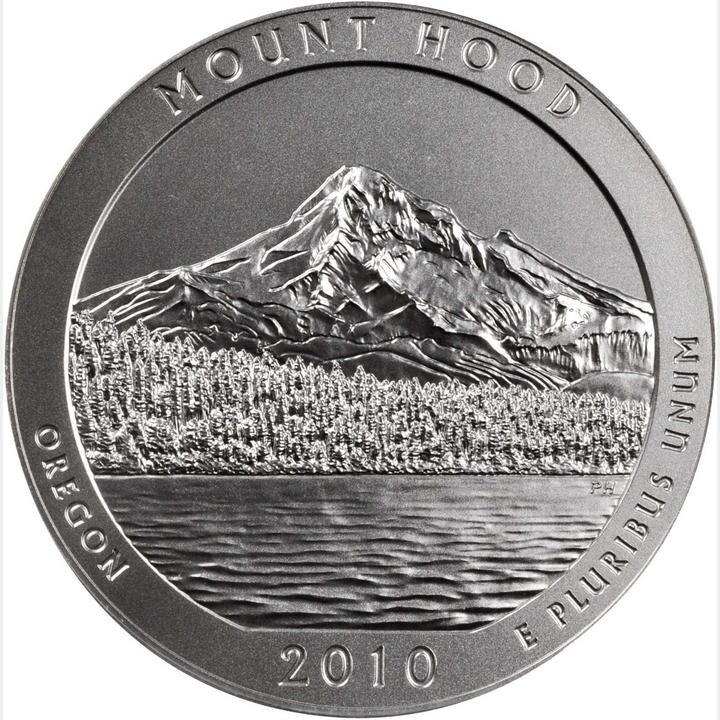Domestic livestock grazing could end on the federal public lands (with great benefit to federal taxpayers and incalculable benefits to nature) with no affect on the nation’s beef, lamb, and wool supply.
Read MoreWhere’s the Beef?

Forest Service
Domestic livestock grazing could end on the federal public lands (with great benefit to federal taxpayers and incalculable benefits to nature) with no affect on the nation’s beef, lamb, and wool supply.
Read MoreFigure 1. Graffiti by me. I’m not going there yet but may have to. Source: Forest Stewardship Council-US.
So far, I have happily recommended FSC-certified tree flesh to those who have asked (and commended to those who haven’t). However, if any federal forest lands are certified by the FSC, I will no longer be able to recommend FSC-certified wood as I cannot be assured that the FSC label means the wood product didn’t come from the logging of older (mature and old-growth) forests on federal public forest lands.
Read MoreFigure 1. Whitebark pine on the Fremont-Winema National Forest. Source: George Wuerthner (first appeared in Oregon Wild: Endangered Forest Wilderness, Timber Press, 2004).
After decades of dithering, the Fish and Wildlife Service has finally proposed listing the species as “threatened” under the Endangered Species Act (ESA).
Read MoreThe old forests of the Pacific Northwest are in far better condition today than they would be if not for Professors Jerry F. (for Forest!) Franklin and K. Norman Johnson.
Read MoreFigure 1. The Coleman Rim Inventoried Roadless Area on the Fremont-Winema National Forest, somewhat protected by the Forest Service Roadless Area Conservation Rule. Source: Sandy Lonsdale (first appeared in Oregon Wild: Endangered Forest Wilderness, Timber Press, 2004).
The bill still needs work if it’s to do more than merely restore the status quo prior to the Trump administration.
Read MoreNearly 4,700 miles of Oregon’s free-flowing streams will be added to the National Wild and Scenic Rivers System if legislation introduced this past Wednesday by Senator Ron Wyden (D-OR) becomes law.
Read MoreFigure 1. Brock Evans on the Snake River in Hells Canyon along the Idaho-Oregon border. Today, the stream behind Brock is a wild and scenic river, the hills above part of the Hells Canyon Wilderness, all within the Hells Canyon National Recreation Area. Source: Wake-Robin Press.
Millions of acres of older (mature and old-growth) forest in Oregon still stand today, the Snake River still runs free through Hells Canyon, and French Pete is again safely in the Three Sisters Wilderness—all because La Grande resident Brock Evans was on the case.
Read MoreIf not for the Cold War (1945–1991), there might well have been a national park in Oregon’s Cascade Mountains.
Read MoreThe federal government, through the Land and Water Conservation Fund, should buy a significant portion of state trust lands that have high conservation value. The Oregon Legislative Assembly should use the state’s bonding authority to issue bonds to buy the state trust lands out of their bondage in the Common School Fund.
Read MorePart 3 suggests what the Forest Service could do to improve the Eastside Screens, in both the short and long term.
Read MoreMany conservation organizations are quite concerned and are girding their collective loins for battle. The Forest Service insists that the changes they propose won’t undermine the intent of the Eastside Screens. Who’s right?
Read MoreLegislation introduced by New Mexico’s two Democratic US senators would severely undermine the integrity of the National Wild and Scenic Rivers System.
Read MoreIn 2019, Senator Ron Wyden and Representative Earl Blumenauer met with various stakeholders at Timberline Lodge to discuss the future of greater Mount Hood. Senator and Representative: What’s your plan?
Read MoreThere may (or may not) soon be an existential threat to over two million acres of federal public forestlands in western Oregon administered (for now, at least) by the Bureau of Land Management. Northwest Forest War III may be in the offing, and such would be a good thing.
Read MoreMap 1. The Smith River watershed in Oregon and California. Source: Wikipedia.
Senator Jeff Merkley has introduced in Congress the proposed “Smith River National Recreation Area Expansion Act” (S.2875), which would expand the Smith River NRA to include all 58,000 acres of the Smith River watershed in Oregon.
Read MoreFigure 1. There is lots of money to be spent by taxpayers and made by the fire-industrial complex. Fires boost the local economy. Source: National Interagency Fire Center.
The fire-industrial complex needs to be redirected to only set fires on wildlands and only put out fires on buildings.
Read MoreThe largest organism on Earth is one quaking aspen clone with more than forty-seven thousand stems (trees). This organism is being cow-bombed and otherwise abused.
Read MoreFigure 1. There is a difference between conventional (business as usual) forestry and that kind of forestry practiced on a Forest Stewardship Council-certified forestland (see below). Source: Forest Stewardship Council.
When one has to consume tree flesh, more commonly known as wood, it’s best to use wood certified as coming from a responsibly managed forest. However, one person’s definition of responsibleis another person’s nightmare. Whether forest management is a nightmare or a dream depends on both the reference point one starts with and who owns the land.
Read MoreWhile the how, when, where, and why of mining on federal public lands is important (see Part 1), at least as important is where notto mine on federal public lands. These include places where the public’s interest in the conservation of natural, historical, and cultural values outweighs the value of any minerals that might be had, places that have been reserved for the benefit of this and future generations rather than for the benefit of today’s corporation.
Read MoreToday anybody, including foreign companies (as long as they own a domestic corporate shell), can enter most federal public lands and stake a claim, which the government treats as a right to mine. The government cannot say no to such hardrock mining, no matter how inappropriate.
Read More










